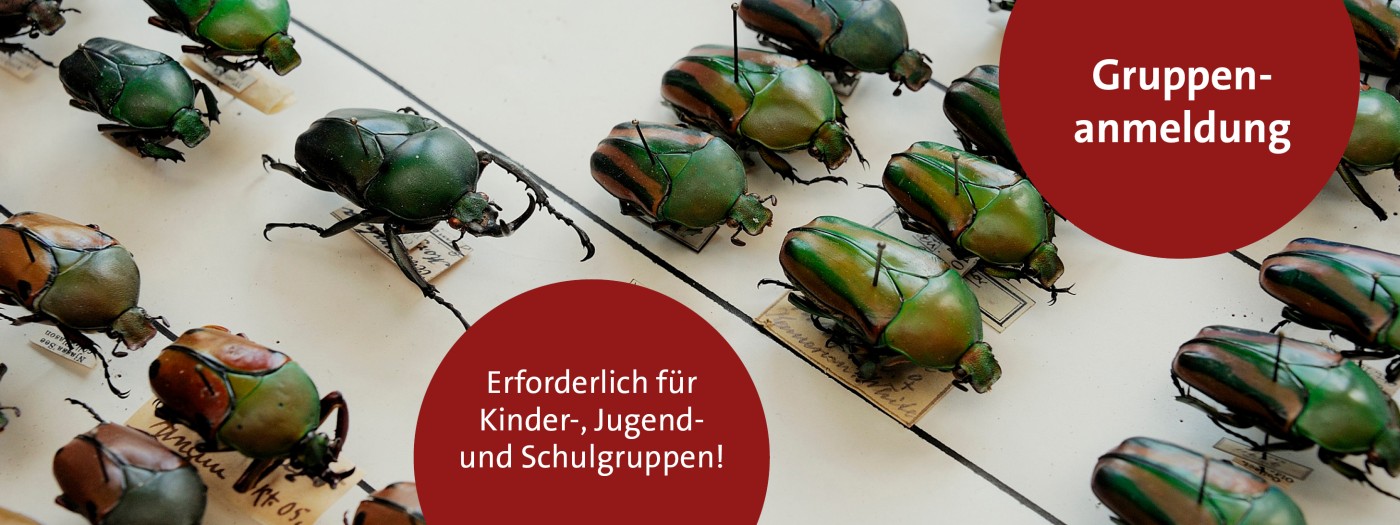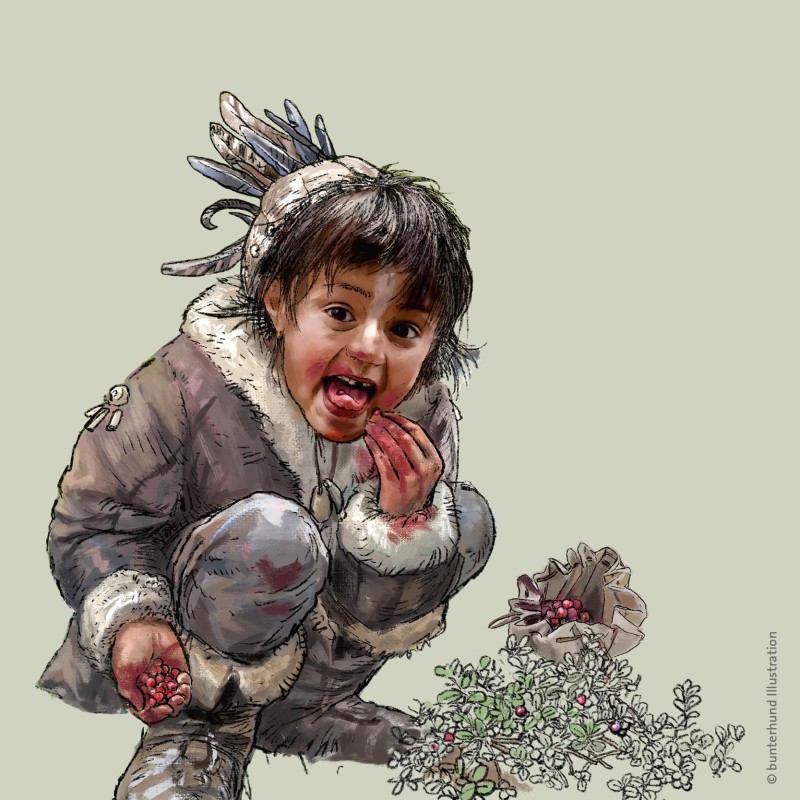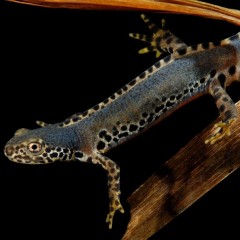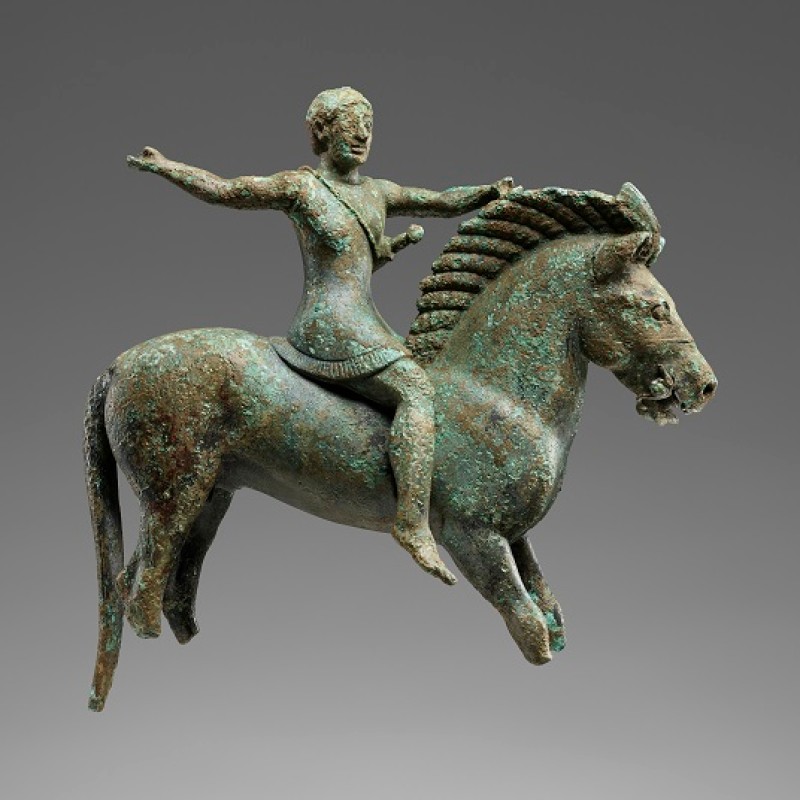Silke Schweiger (NHM-Forscherin und Kuratorin der Herpetologischen Sammlung) gibt Einblicke in die Amphibien- und Reptilienarten in Österreich. Welche Gefahren bedrohen sie und wie können wir aktiv dazu beitragen, ihre Lebensräume zu schützen?
Im Forschungslabor können Interessierte auch Kaulquappen bestimmen und hautnah erleben, wie sich Amphibien im Laufe ihrer Entwicklung verändern. Außerdem geht es um die Frage, welche Lebensräume Amphibien und Reptilien brauchen und wie sich diese auch im eigenen Umfeld erhalten und fördern lassen.
Fr, 16.05., 15:00 - 17:30 Uhr












